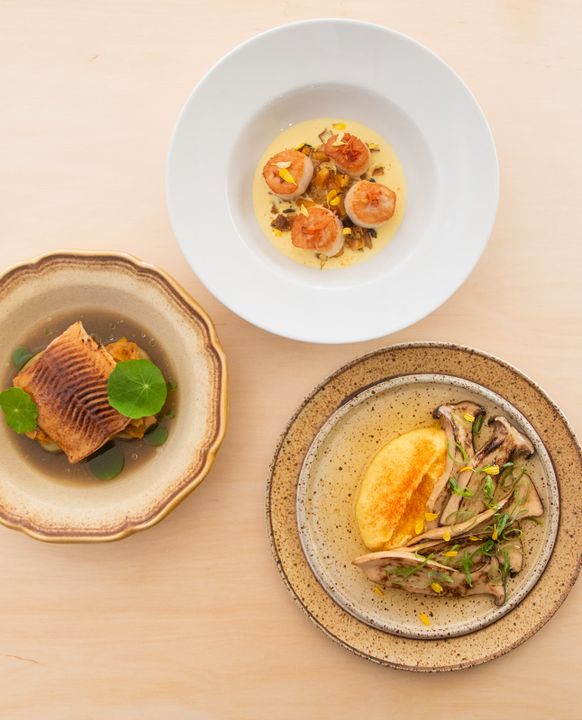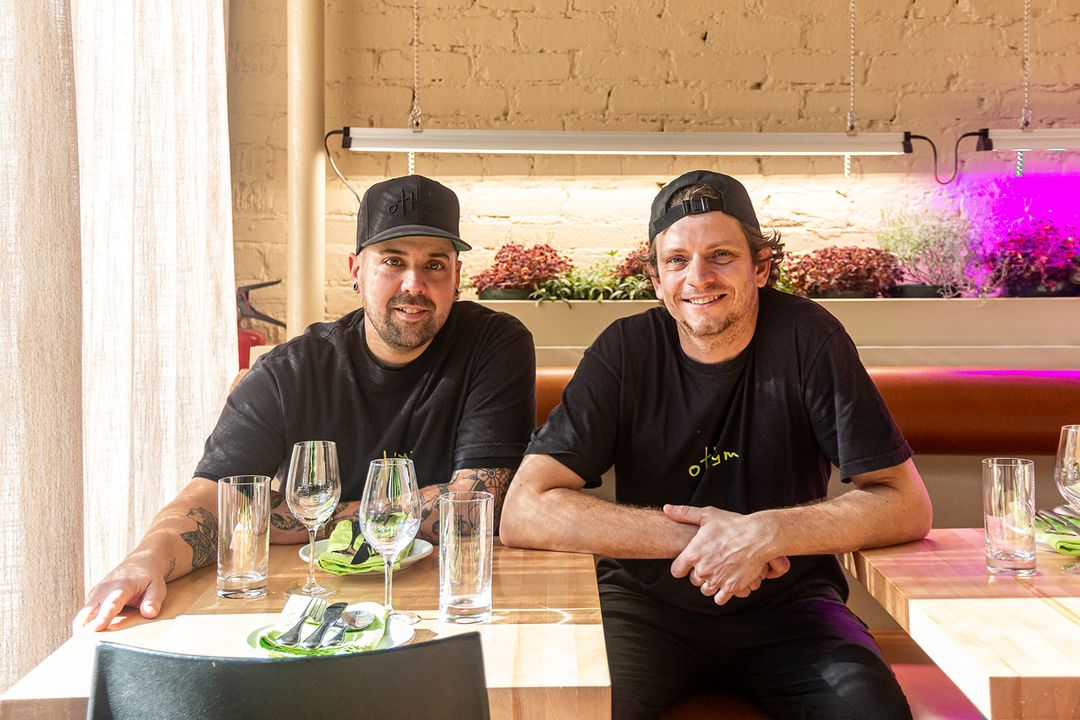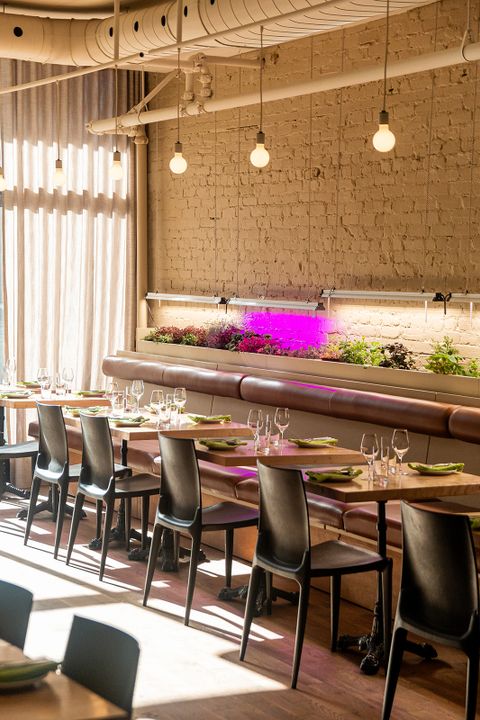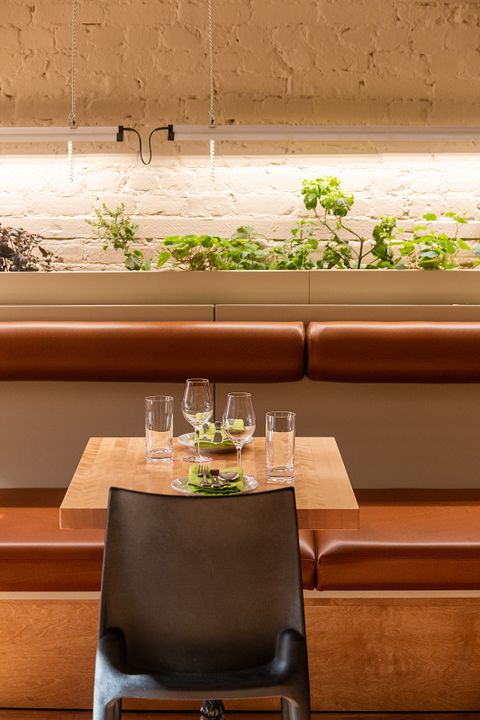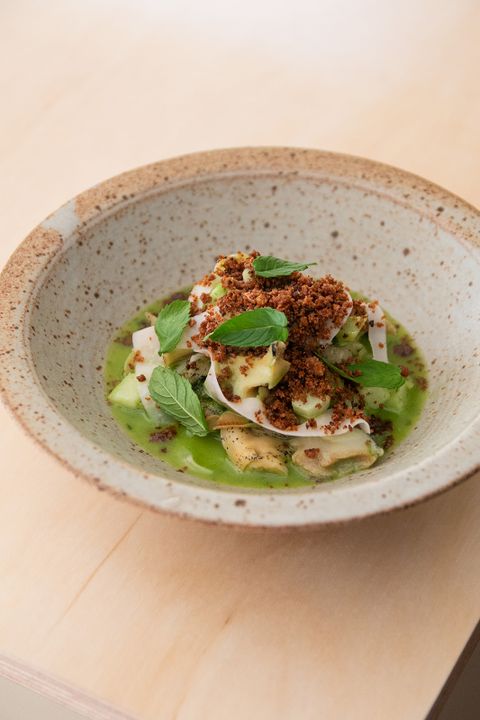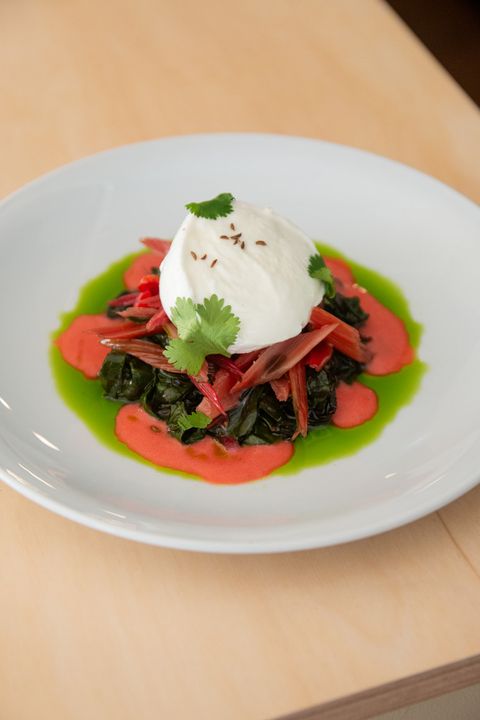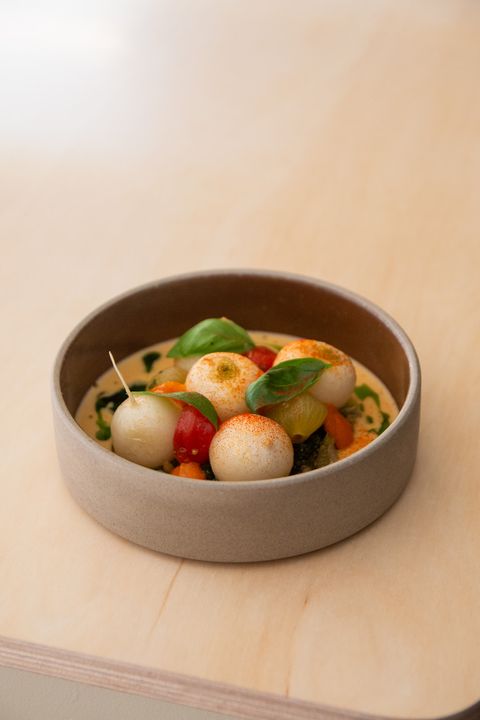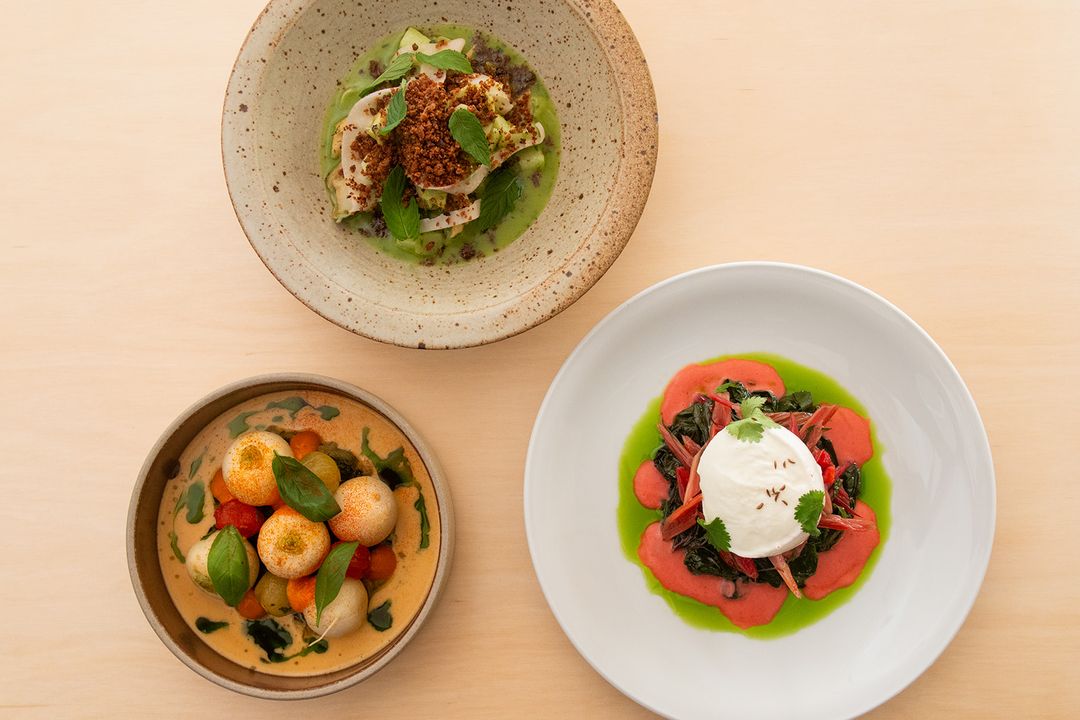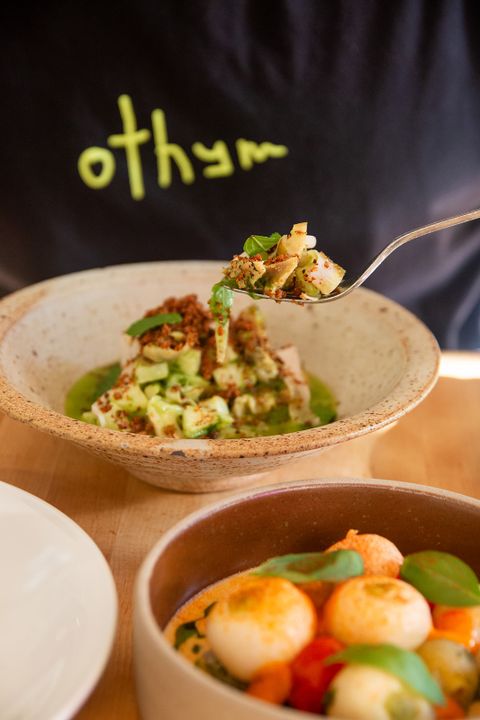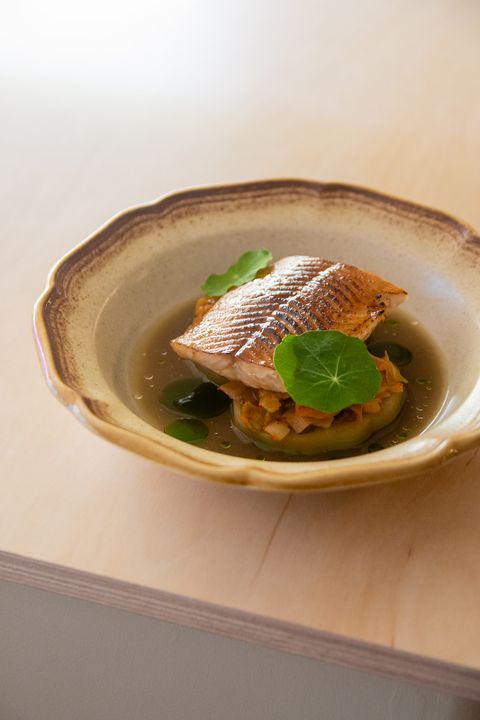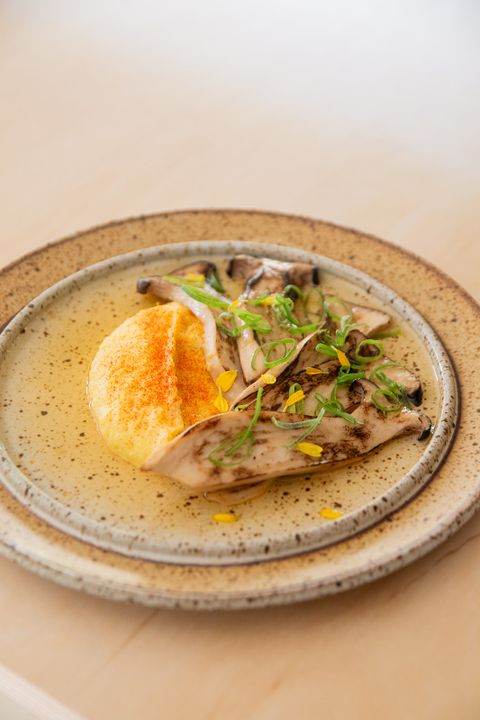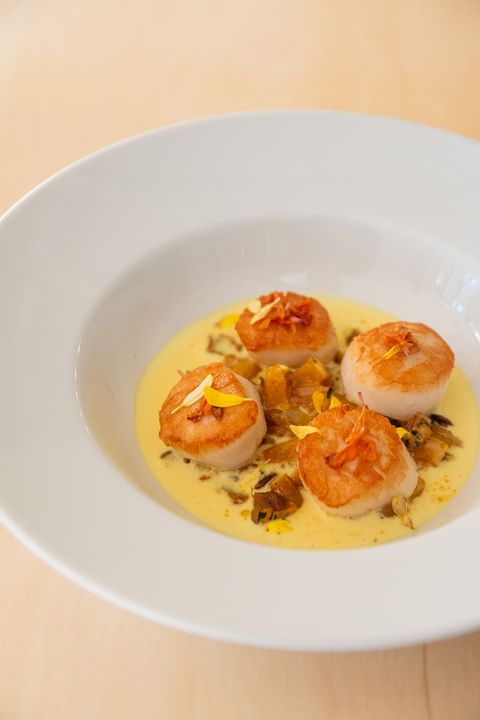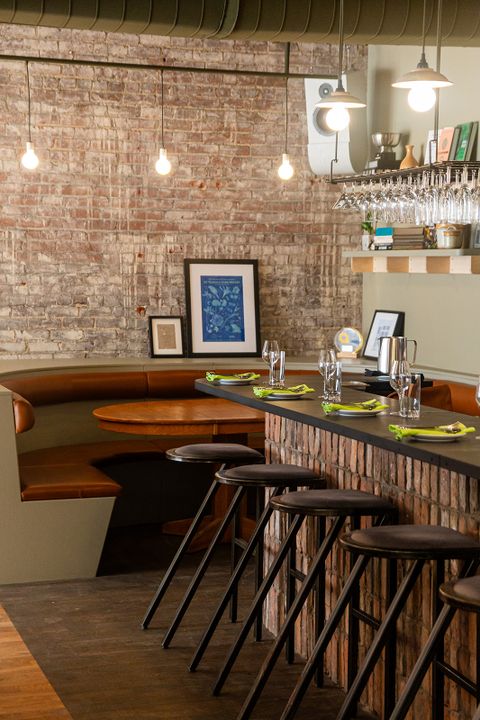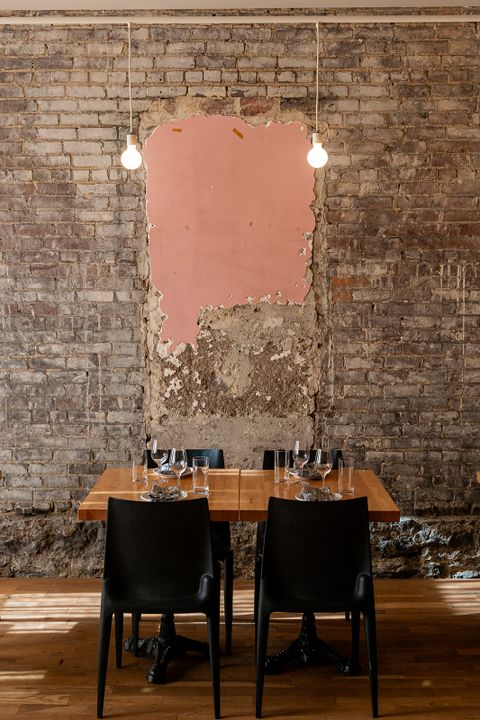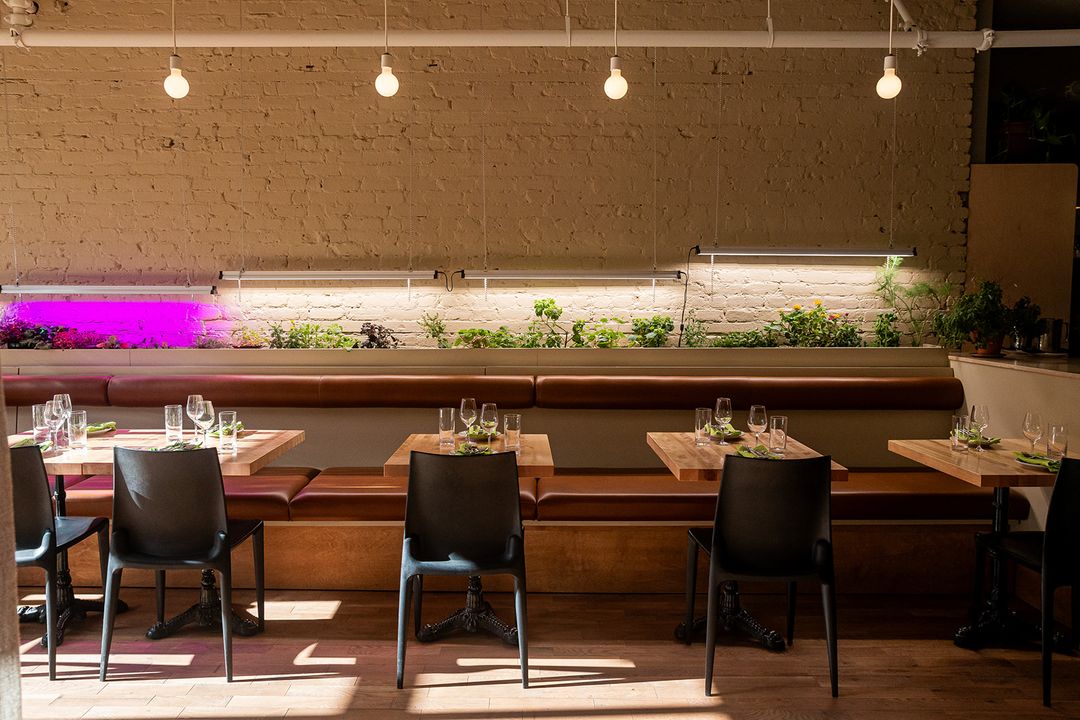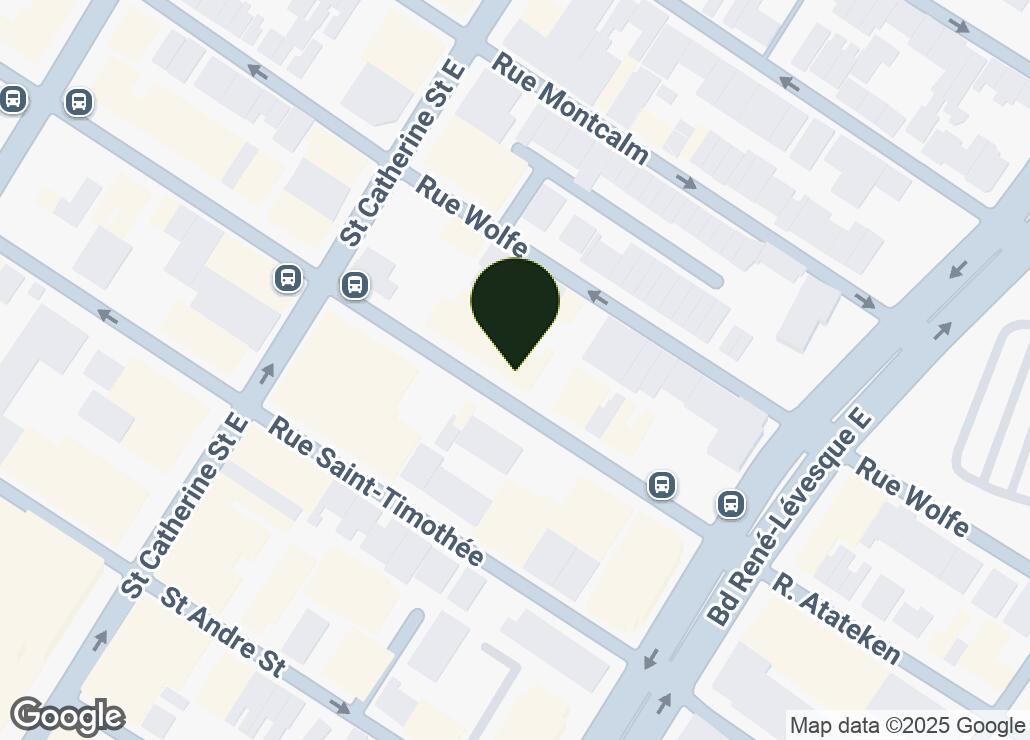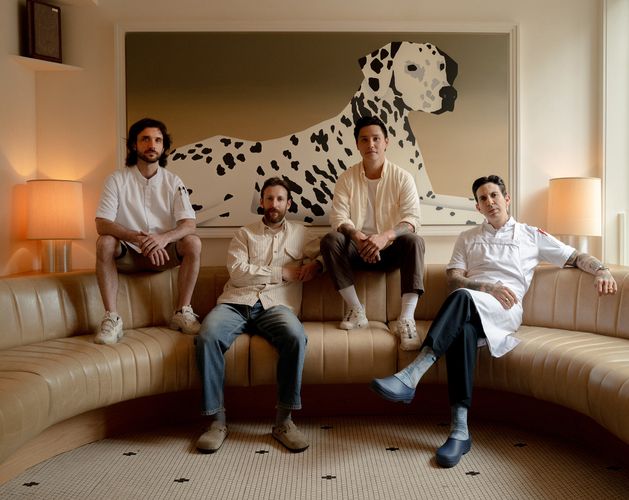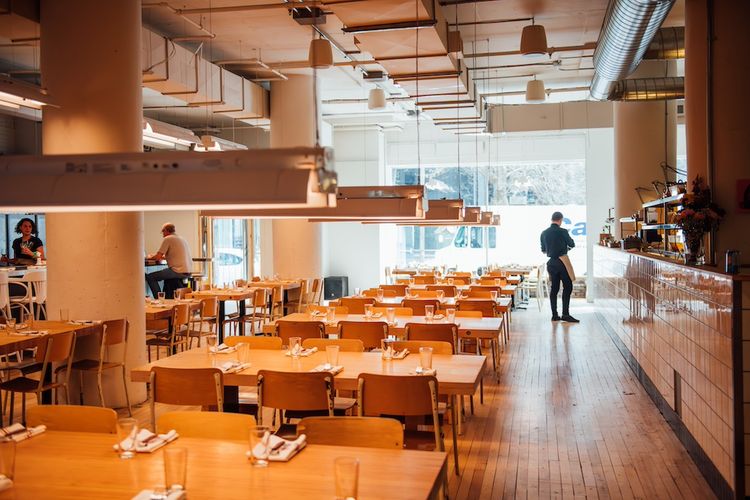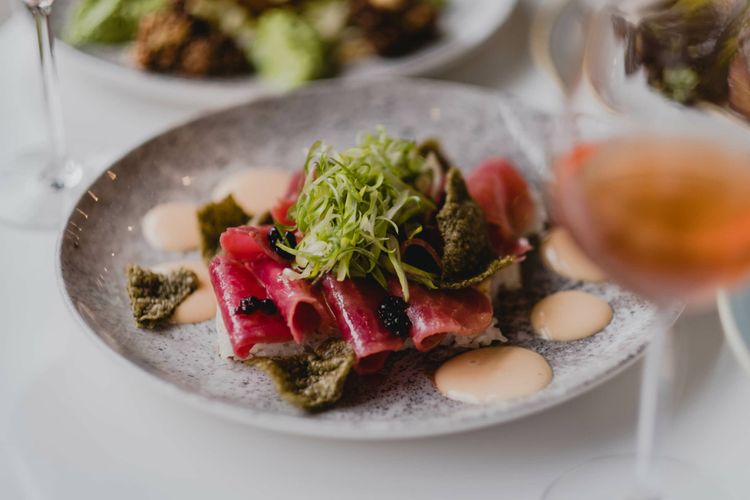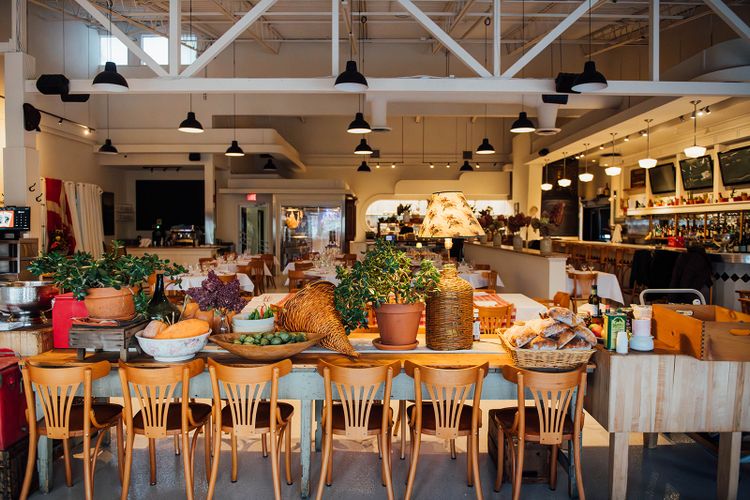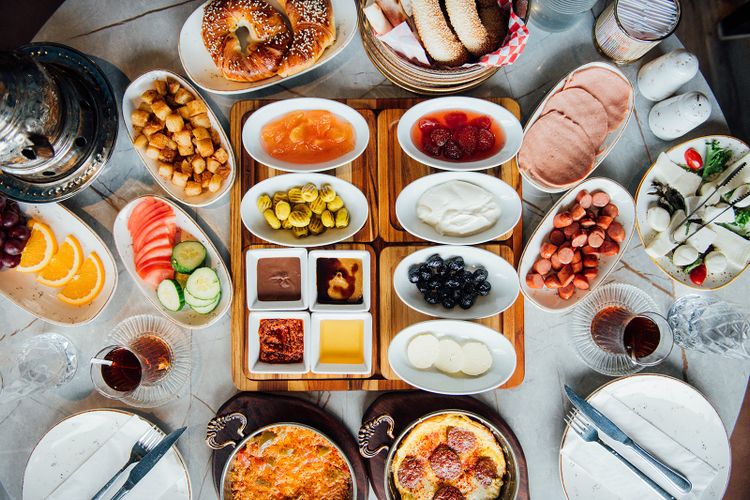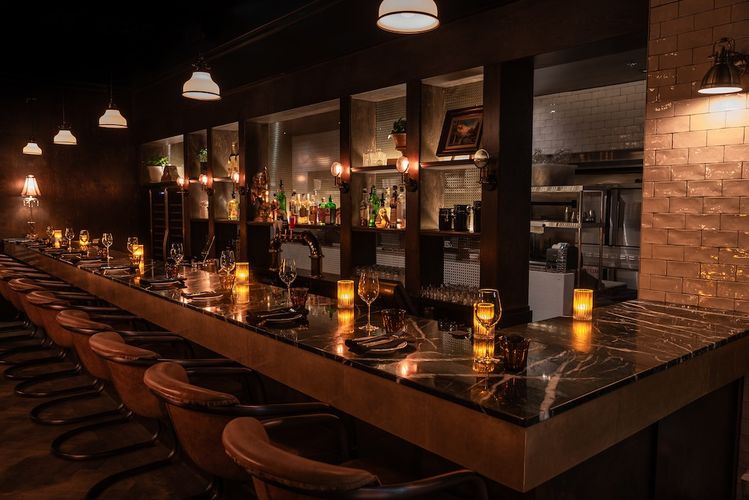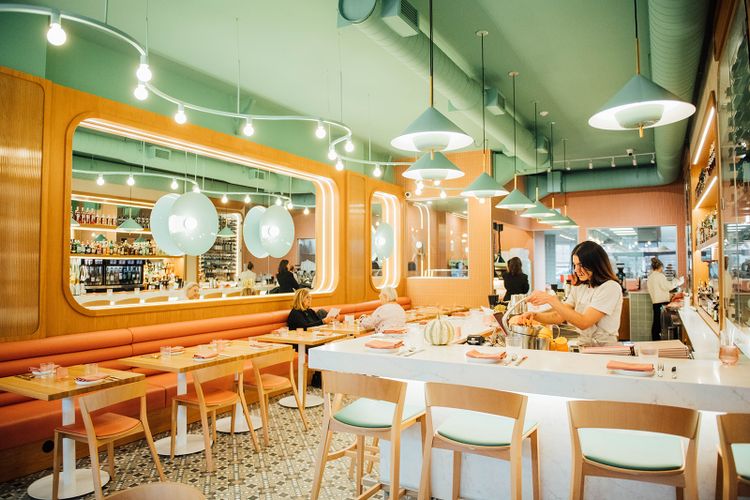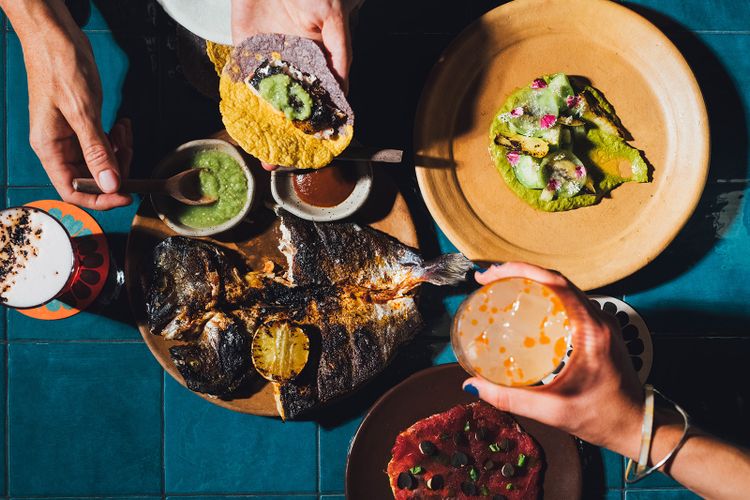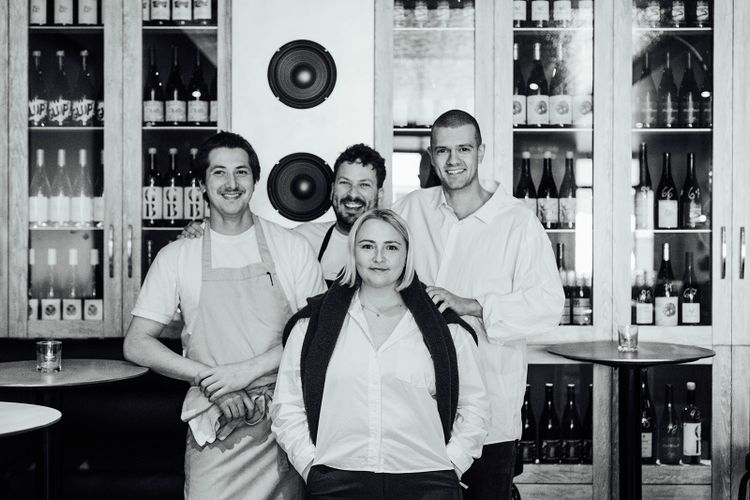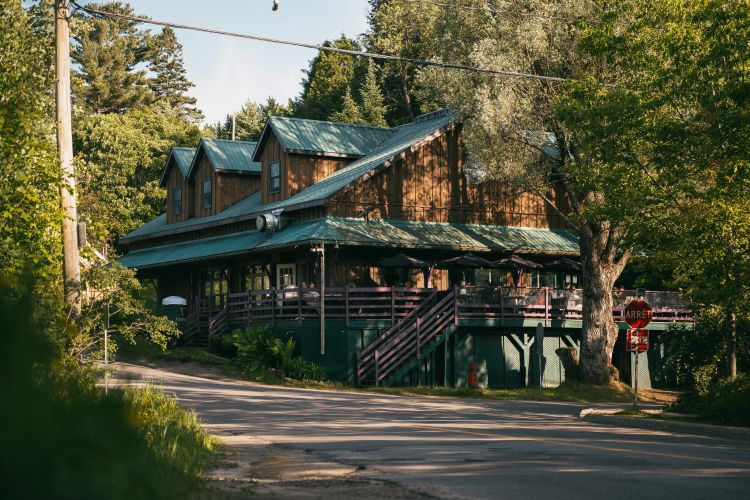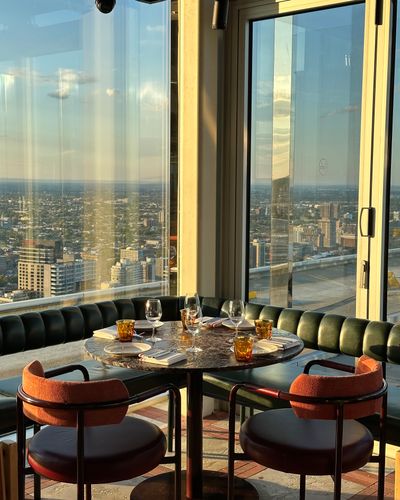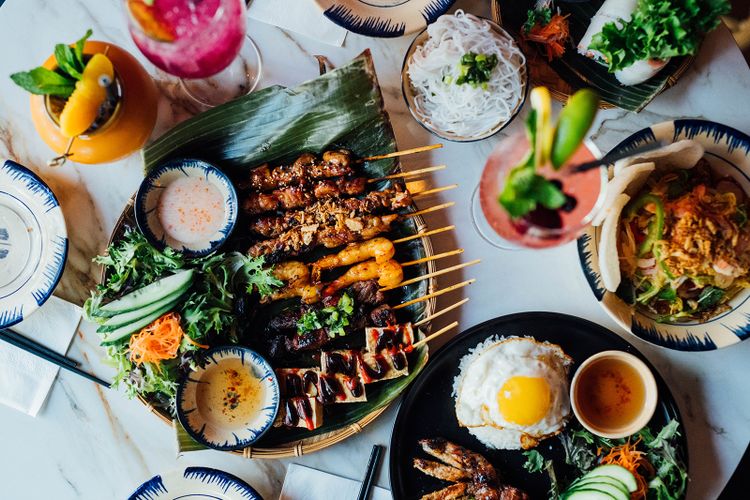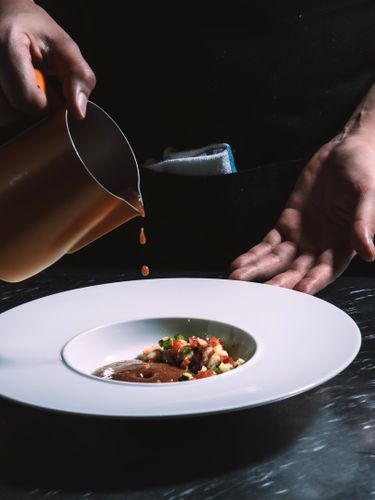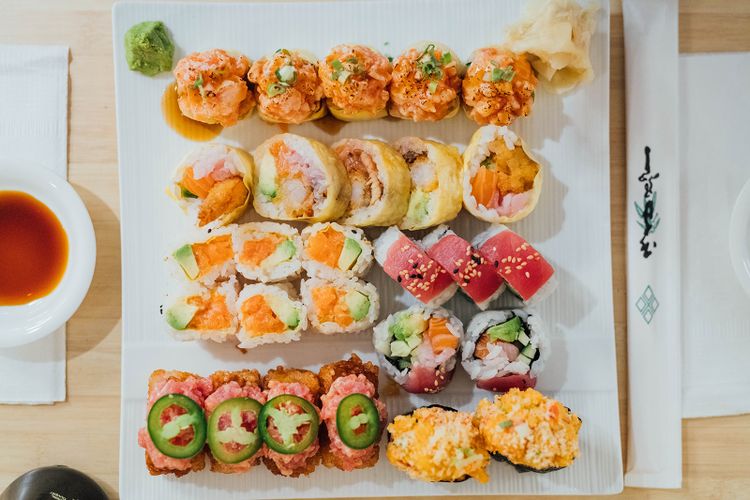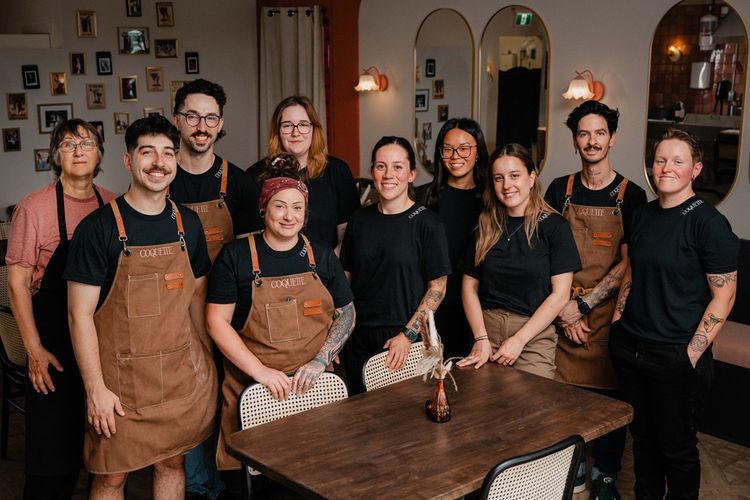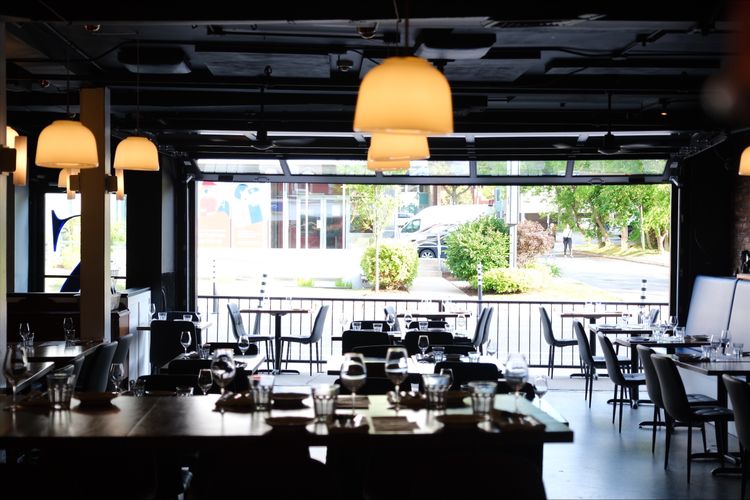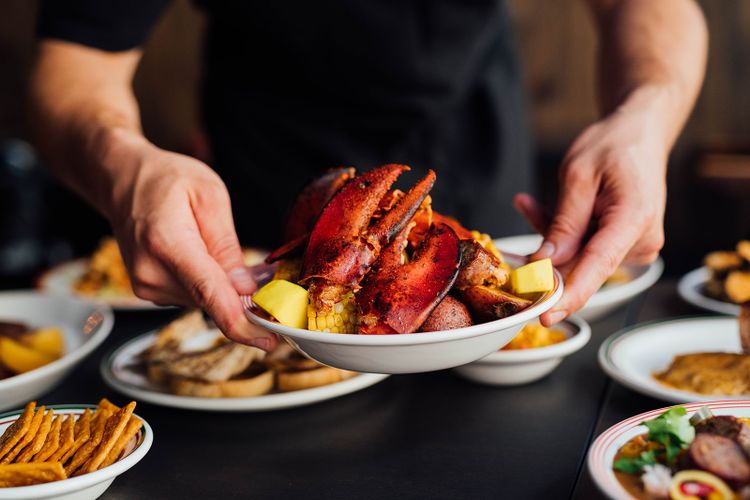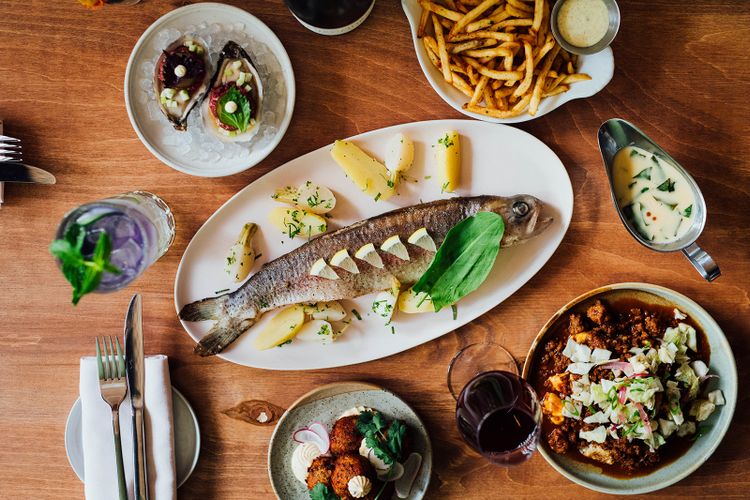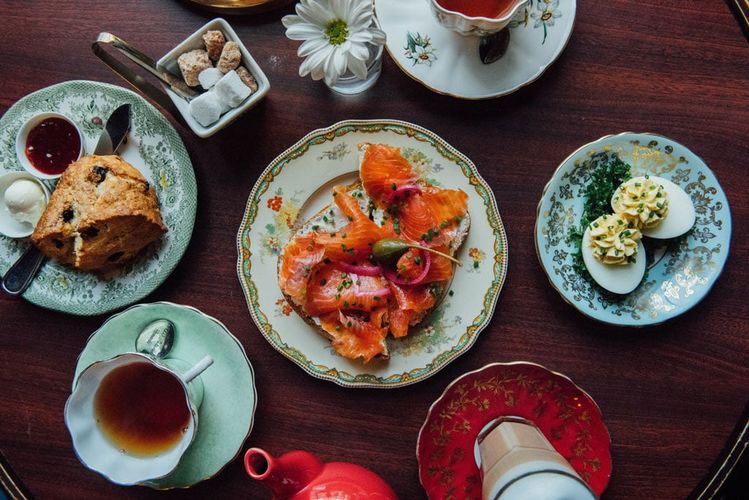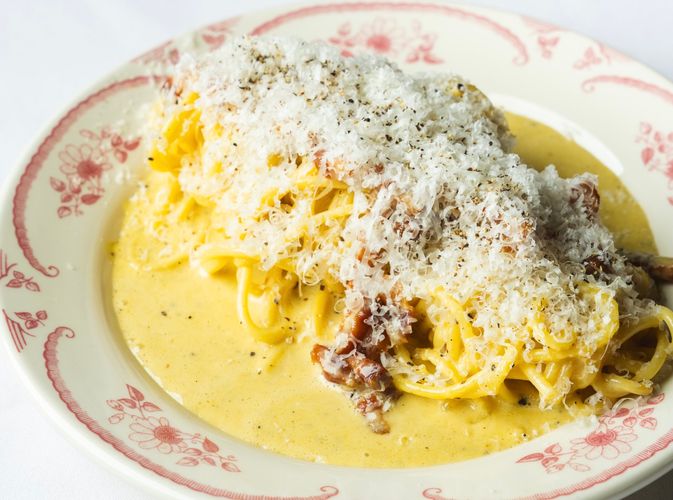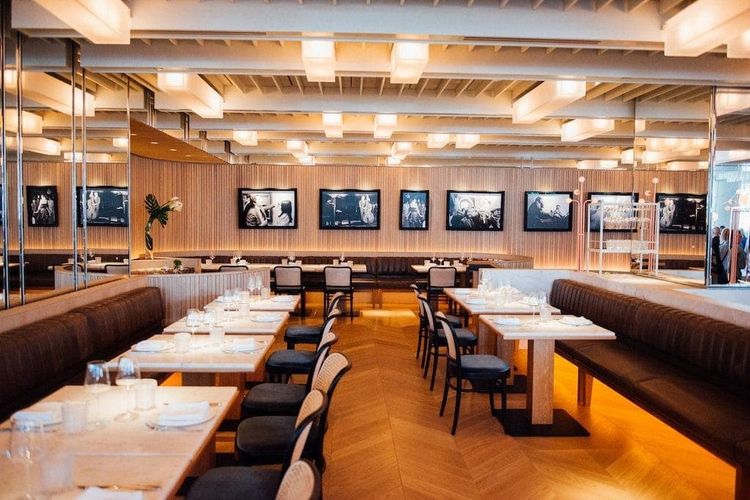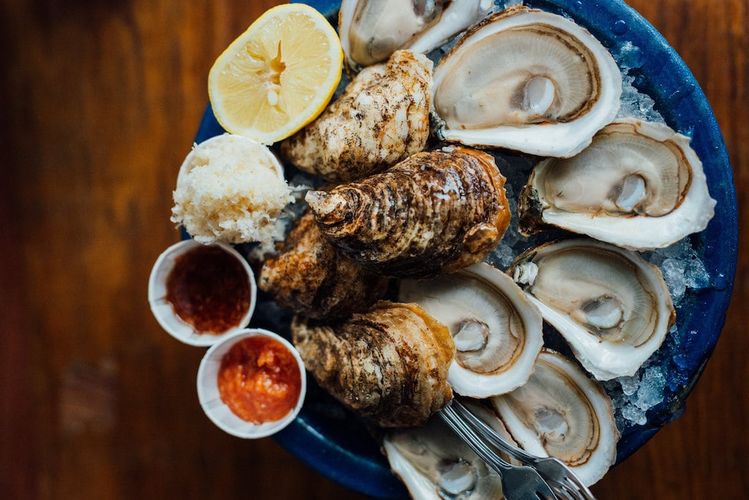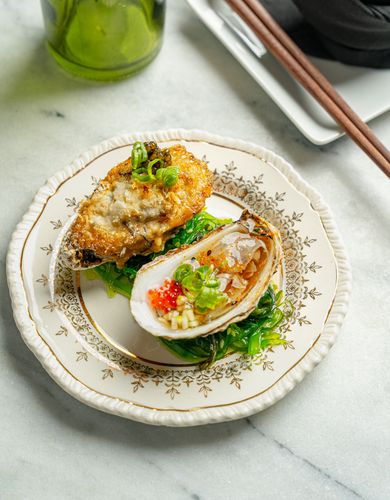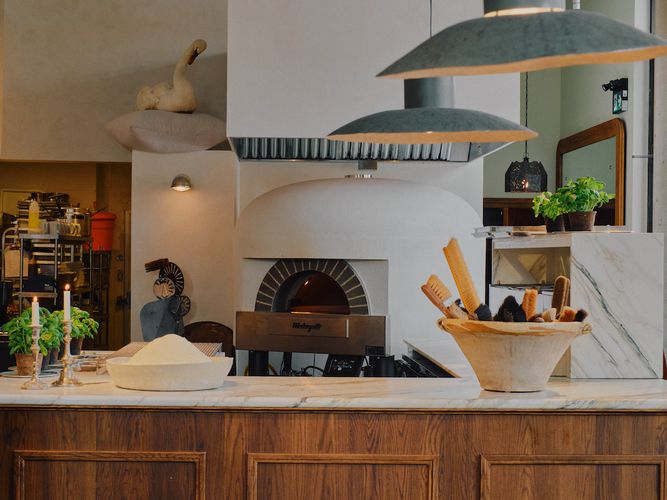- 22 likes
Othym: a fresh start for the essential BYOB in the Village
Othym
- $$$
- Booking
-
1257 Rue Atateken Montréal H2L 3K9
+1 514-525-3443 -
Monday: 5:30 PM – 10:00 PM
Tuesday: 5:30 PM – 10:00 PM
Wednesday: 5:30 PM – 10:00 PM
Thursday: Closed
Friday: Closed
Saturday: 5:30 PM – 10:00 PM
Sunday: 5:30 PM – 10:00 PM
-


- Restaurant Byow
Established in 2004 on Boulevard de Maisonneuve, Othym restaurant is getting a makeover and moving to a larger, brighter location on Atateken Street. This new chapter for the Village institution brings a fresh momentum, as it continues its mission to offer local, responsible, and creative cuisine.
Chef Noé Lainesse and his partner Kevin Duguay, who took over Nadine Tessier’s shares in 2023, are more determined than ever to bring their vision to life. The move marks the beginning of a new phase: a version of the restaurant that is more reflective of their image.
Awarded the 2022 Aliments du Québec’s “Restaurateur of the Year” prize for promoting Quebec’s products, Othym has always championed local and eco-friendly cuisine. However, the lack of space in their previous location hindered the partners’ ability to fully realize their vision.
“We had reached the limits of what we could do there,” says Kevin. “The new space will really allow us to do more fermentation and preservation. It gives us the freedom to do everything in-house.”
Not zero waste, but nearly there
“I did an internship at Silo in London, the world’s first zero-waste restaurant,” says Noé. “The goal is to reduce our footprint as much as possible.” While he doesn’t claim to be a zero-waste restaurant—”It’s a bit unattainable,” he believes—the chef still strives to do as much as possible to minimize waste.
This involves sourcing from nearby farms, of course, but also transforming ingredients to stretch the harvest throughout the year. Nothing is wasted, whether it’s vegetables or animals. Duck leftovers are turned into garum; crab carcasses are used to infuse oil, and so on. The chef has even swapped sous-vide cooking for steam ovens to eliminate plastic cooking bags.
This philosophy extends beyond the kitchen. The decor, created by interior design firm Clairoux, follows the same principles. “The word ‘recovery’ was very important in the entire project. It was crucial to recycle as much as possible from the old restaurant,” says Kevin.
The bar was built using the slate and bricks from the old location. The tables and chairs made the move as well. Some large tables were added, found on classifieds websites, to create space for groups and increase seating capacity to 70. The tablecloths are made from fabric scraps from designer Eve Gravel, a friend of Noé; the leather for the chefs’ aprons comes from leftover materials from private jet seat coverings; the light fixtures hanging on the walls and above the bar were crafted from damaged plates. In short, you get the picture.
“The soul and essence of the Othym from 20 years ago have moved with us,” emphasizes Kevin. It’s no surprise that the entire team, both front of house and in the kitchen, followed along, even pitching in to help with the move. “It was a great team bonding experience!” he adds.
The restaurant also took the opportunity to refresh its visual identity. Noé’s partner, graphic designer Elizabeth Laferrière, led the project with Sabrina Lévesque. The apostrophe from Othym is gone, and the new logo, hand-drawn by Noé, features a vibrant green to mark this new chapter.
“A logical, seasonal cuisine”
In the kitchen, Noé has surrounded himself with a strong team over time: his head chef Raphaël Buteau (Vilain Radis private chef), his right-hand man Patrick Armstrong, pastry chef Florian Epp, and more. This talented team is clearly reflected in the plates, which are always as charming and meticulously crafted as ever.
Vegetables are the star of the menu, though there are always some meat or fish dishes available. “It’s a logical, seasonal cuisine,” explains Noé. While the menu changes daily, there’s usually a tartlet, tartare, duck (from Canard Goulu in Saint-Apollinaire), and lamb (from Trouvailles Gourmandes in Roxton Falls).
When we visited Othym for this update, the menu featured Bourgots from Baie-Comeau, served in a warm salad with kohlrabi brunoise, wild garlic, and breadcrumbs. The Arctic Char, served on a bed of sautéed eggplant and fennel in an airy dashi, with nasturtium leaves, was raised in Ahuntsic-Cartierville in the Opercule ponds. The magnificent oyster mushrooms, thinly sliced and placed on a spiced semolina infused with crab oil, were handpicked by Simon Le Champignologue in Brossard. We could continue listing local small producers with whom Othym collaborates: Ferme les Enracinées in Saint-Placide, Coop Pied de Céleri in Dunham, Fleurs et Feuilles Gourmandes in Saint-Jean-sur-Richelieu, Chez Birri, Ferme Tulsi, and more. In the realm of hyper-local: the chef even grows edible flowers and plants directly in the dining room!
Written by Mikael Lebleu
Photography by Mikael Lebleu
